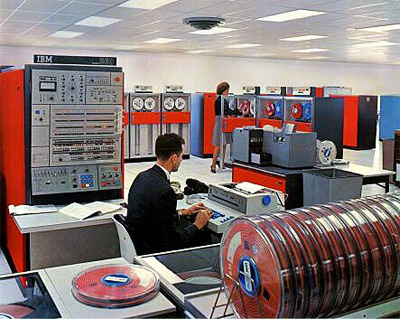The Mainframe that Revolutionized Software Project Management
Introduced in 1964 the IBM System/360 was THE most popular computer of that era when such devices were the exclusive domain of big business and government. Each computer supported floating-point calculations and ran with up to 8 megs of memory! Sadly there are very few of these gems still in existence today — in fact the Smithsonian owns a 360 but sadly it isn’t even on display.
But the real story behind this computer is the project manager — who was Fred Brooks. As fate would have it in addition to the hardware Brooks also had to manage the development of the operating system for the 360 which was System/360. Luckily for all of us the project was a disaster going over budget and over time. However Brooks turned lemons into lemonade by writing the book The Mythical Man-Month: Essays on Software Engineering
which was first published in 1975:
The book is a must read for anyone doing software development today. Amongst its many innovative concepts is that adding more programmers to a project doesn’t make it go any faster, or as my old project would chide my clients “nine women can’t give birth to a baby in a single month”. Brooks also spelled out the concepts of writing formal documentation for a project, tracking errors and having system versions of software. So even though the IBM System/360 is no longer with us, the lessons learned from it have shaped and grown and entire industry.

I first came across Mr. Brooks book in the 90s during the first golden age of multimedia while working on CD-ROM projects (this was a few years before the web). While we were creating a new medium what we didn’t realize that we were doing was hitting the same ancient project management problems that had plagued programmers since the dawn of computing. Reading this book changed everyone that I knew from that time — it made us go from amateurs to professionals. Not only that but it gave us the language to explain to our clients many of the obstacles of software development that we knew existed but didn’t have the vocabulary to communicate.
These days I find myself hitting the end of the second decade of my career — and while my cell phone has more computing power than my first Mac IIcx the principals of software project management that I learned from Mr. Brooks haven’t changed at all. In fact what’s interesting to me is that I’ve been able to take his concepts which were aimed at a technical audience and apply them to the creative process of managing designers, illustrators, animators, musicians and writers.















